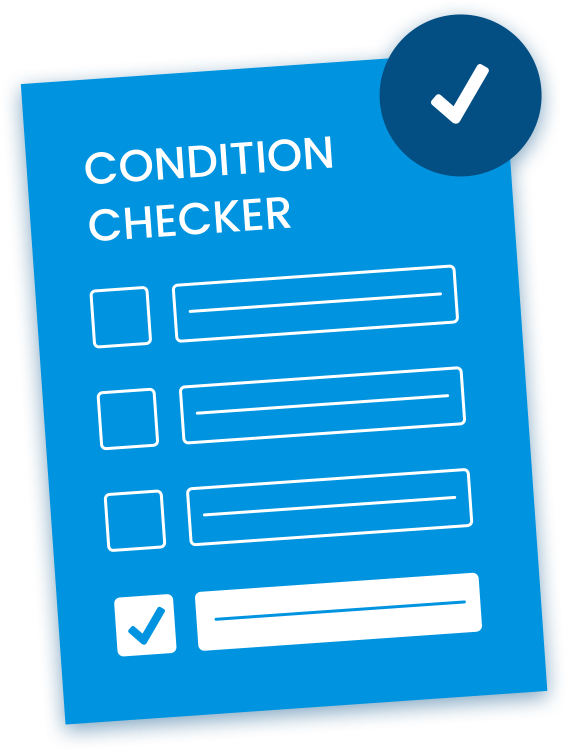Morton’s Neuroma
Find out which possible conditions you may be suffering from by trying our 2-min Guided Pain Assessment Form!





Morton’s Neuroma occurs when the nerves that supply sensation to our feet thicken, generating excruciating pain or neurological symptoms.
Our feet have a big job to do. Essential for maintaining a steady gait and providing stability while standing, our feet can even send signals of failing health. Feet with non-healing wounds, for example, can indicate diabetes. The inability to lift the foot—also called drop foot—can signify damaged nerves in the hips or legs. Cramping in the foot can suggest a lack of potassium, calcium, or magnesium in the body. Even abnormalities in our toenails can indicate a vitamin deficiency or a case of anemia. Without a doubt, our feet have a lot to say.
When something goes awry with our feet, the problem typically doesn’t go unnoticed. From our first steps in the morning to tossing and turning at night, many people find it impossible to ignore foot pain. And, when discussing debilitating foot conditions, Morton’s Neuroma often ranks high on the short list.
More specifically, Morton’s Neuroma involves the thickening of the nerves in the foot, primarily between the third and fourth toe. This thickening develops after the ball of the foot experiences prolonged pressure or trauma. Unfortunately, this condition can lead to a range of uncomfortable symptoms, including sharp stinging or shooting pain.
Risk Factors for Developing Morton’s Neuroma
In addition, specific risk factors for developing Morton’s Neuroma include:
Oftentimes, more than one of these risk factors exists, compounding and intensifying troubling symptoms. Furthermore, the existence of multiple risk factors may require a more complex route for treatment. While this may be true, most can achieve relief from the painful and uncomfortable symptoms of Morton’s Neuroma.

Find your condition with our 2-minute Condition Checker.
The symptoms of Morton’s Neuroma tend to develop gradually. However, depending upon the situation, symptoms may be short-lived or long-lasting. For example, one night of walking in high heels could lead to a day or two of pain and discomfort. But, wearing high heels every day for the duration of your career? This decision can cause permanent damage to the nerves that supply sensation to your foot, resulting in chronic discomfort.
Your doctor can identify Morton’s Neuroma if the following symptoms emerge and persist:
Are you suffering from these symptoms? Are you finding yourself avoiding activities or work so that you don’t have to walk on your painful foot? You don’t have to suffer! Did you know that you can use a plethora of treatments to alleviate these debilitating symptoms? Contact our expert team at NJ Spine & Orthopedic to combat your pain. Don’t allow your foot pain to control your life any longer!

Discover which treatment options are right for you with our Treatment Finder.
Your doctor should find Morton’s Neuroma straightforward to diagnose, as very specific symptoms define this condition. Your physician will most likely complete a physical examination of the foot, searching for any lumps or sore spots. In addition, your doctor may prescribe X-rays, MRIs, or ultrasounds to rule out conditions with similar symptoms, such as fractures.
Once diagnosed, your orthopedist will offer numerous treatment options based upon the severity of your symptoms. When necessary, your physician may suggest the following:
By and large, the prognosis for Morton’s Neuroma is encouraging. The vast majority of sufferers achieve relief through the use of the above treatments. In fact, most people simply require a change in their footwear to start their relief journey from Morton’s Neuroma. To evaluate your options for long-term healing, contact the team at New Jersey Spine and Orthopedic today!

Determine your eligibility with our Candidacy Verification.
CONTACT
Phone: 855.586.2615
Current Clients: 855.706.1011
NJ Spine and Orthopedic is dedicated to delivering minimally invasive laser spine surgeries to eliminate the pain, discomfort, and dysfunction of numerous conditions of the neck and back.
OVERVIEW
LOCATIONS
Copyright © 2025 NJ Spine & Orthopedic